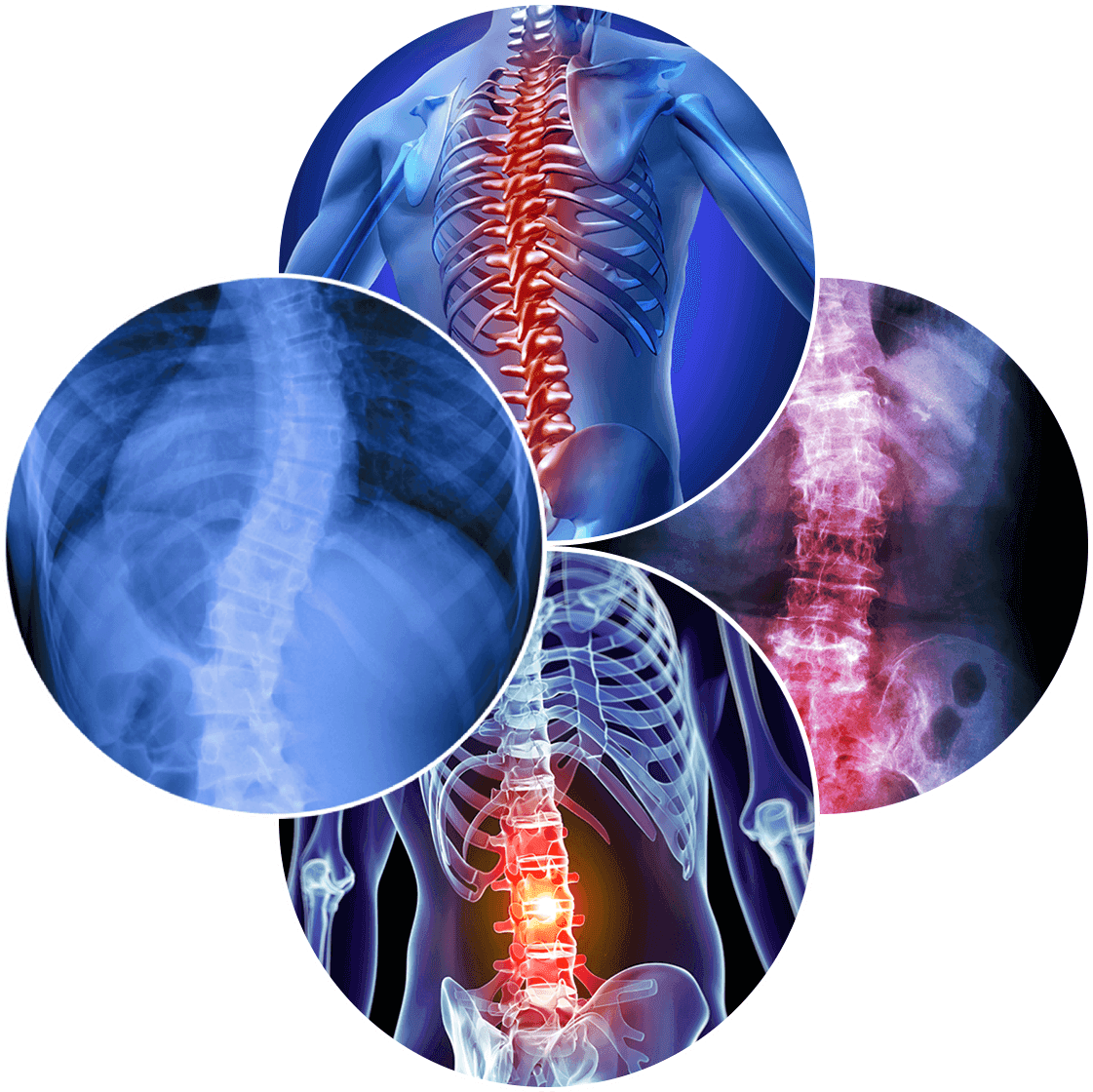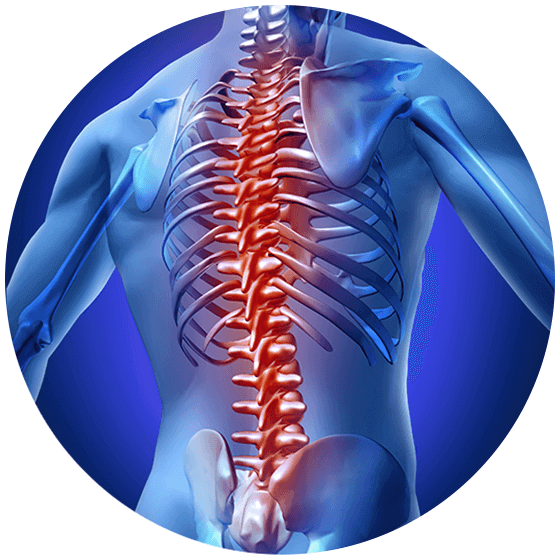Posterior Lumbar Interbody Fusion (PLIF)

Posterior Lumbar Interbody Fusion (PLIF)
The lumbar spine contains the largest vertebrae in our spine. It functions as a bearer of most of the upper body’s weight and a shock absorber for our movements. However, this important job can lead to spinal damage or deterioration over time. A Posterior Lumbar Interbody Fusion (PLIF) aims to repair these compromised vertebrae, damaged spinal discs, and compressed nerves.
PLIF Phase 1: Disc Removal
During this minimally invasive procedure, your surgeon will remove damaged discs that are generating nerve pain. However, first, your surgeon will access these structures through small incisions on either side of the lower back. Using specialized techniques, your surgeon will separate the muscles and ligaments from the back without cutting through them. Doing so will create a window into the posterior side of the lumbar vertebrae. Your surgeon will then remove the protective sheath created by the bones of the laminae. Depending upon your situation, your surgeon may also remove a portion of the facet joints to create room for pinched spinal nerves. Through this newly created space, your surgeon will then completely remove the damaged intervertebral disc.
PLIF Phase 2: Spinal Fusion
The next phase of this procedure involves fusing together two adjacent vertebrae. During spinal fusion, the height between the vertebrae will be restored using surgical tools. In addition, your surgeon will replace the former intervertebral disc with an implant that contains bone graft material. This implant is often called a “cage” because its porous exterior shell is filled with patient, donor, or synthetic bone tissue.
Next, your surgeon will use fusion hardware to firmly hold the cage into place. A combination of screws, plates, and rods will be chosen to fit your specific anatomy and needs. Your surgeon will use this hardware to stabilize the implant as well as the vulnerable vertebrae. Finally, your surgeon will conclude the procedure by returning the muscles and ligaments to their original positions and closing the incision sites.
Benefits of a PLIF often include the following:
Smaller incision sizes resulting in less blood loss, postoperative pain, and scarring
Minimal disruption to posterior muscles and ligaments that support the spine
Durable fusion materials promote the long-lasting success of the implant
New techniques allow for shorter observation periods in the hospital
The posterior approach is ideal for performing secondary procedures, like a laminectomy
Advantages of a Posterior Lumbar Interbody Fusion (PLIF)
A specialist in the treatment of lumbar disc herniation and spinal stenosis, Dr. George S. Naseef, MD, of the Advanced Spine Center has nearly 20 years of experience in resolving low back pain. Dr. Naseef has been honored with the distinction of “Top Doctor” four times by New Jersey Monthly Magazine for his commitment to superior spine care. You can rest assured that Dr. Naseef and his multidisciplinary team of spine specialists will accurately diagnose your condition and empower you to lead a pain-free life.
Eligibility Requirements for a Posterior Lumbar Interbody Fusion (PLIF)
Successful candidates for minimally invasive PLIF procedures will have an established history of low back pain, radiculopathy in the lower extremities, spinal deformity, or neurological symptoms of numbness or progressive weakness. If these symptoms sound familiar, and conservative treatments such as physical therapy or pain management, have not worked for you, then a PLIF may be a valid option for pain relief.
Although a PLIF is minimally invasive, this procedure is nevertheless a complex surgery which may not be right for everyone. If your doctor diagnoses you with an infection in the spine, an allergy to any of the surgical materials, or a severe medical condition, then you are not a suitable candidate for a PLIF. To find out if you are eligible, please contact our experts at the Advanced Spine Center today at 973-791-4101. Our award-winning, fellowship-trained Top Doctors are happy to answer your questions.

